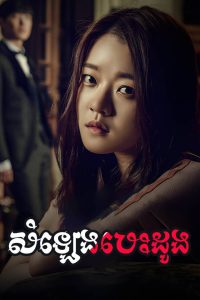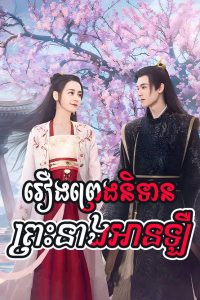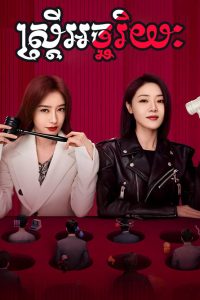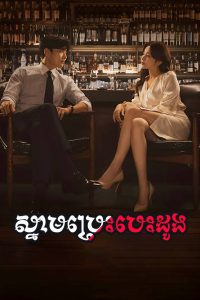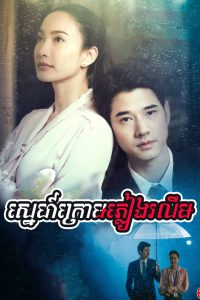Samleng Besdong
Exploring the Subtle Richness of Heard It Through the Grapevine (2015) Korean Drama
Korean dramas often explore themes of love, family, and societal norms, but few do so with the sharp satirical edge and quiet elegance of Heard It Through the Grapevine. This 2015 drama, directed by Ahn Pan-seok and written by Jung Sung-joo, offers a thoughtful and often dryly humorous glimpse into the world of the elite — and the chaos that ensues when their carefully curated world begins to unravel.
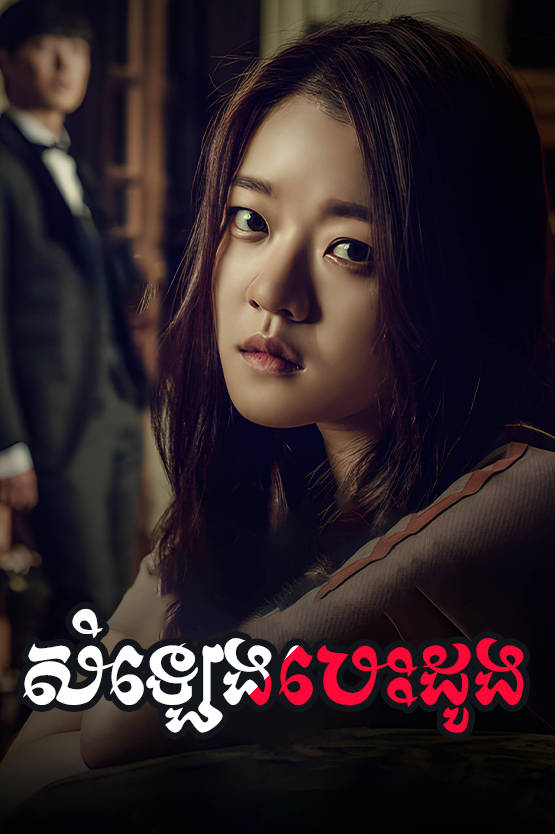
A Quietly Powerful Storyline
At the center of the story is Han In-sang, a privileged high school student born into a powerful, upper-class family. His life is strictly managed by his parents, who have meticulously planned his future. But everything takes a dramatic turn when In-sang falls in love with Seo Bom, a bright and hardworking girl from a modest background — and she becomes pregnant.
Rather than sensationalizing the situation, the drama approaches it with a calm but piercing eye, focusing on the clash of values, the weight of tradition, and the struggle to preserve dignity and humanity in a rigid, class-conscious society.
Layers of Social Commentary
What sets Heard It Through the Grapevine apart is its subtle yet incisive critique of the upper class. The Han family’s obsession with reputation and legacy reflects a broader societal fixation on status. Through quiet exchanges, deliberate pacing, and understated performances, the drama unveils the emotional cost of maintaining appearances.
Seo Bom, portrayed with strength and grace by Go Ah-sung, brings warmth and integrity into the cold, structured world of the Han family. Her presence serves as a catalyst, forcing everyone — especially In-sang — to reevaluate their values and expectations.
Elegant Cinematic Style
Visually, the series adopts a refined, almost minimalist aesthetic. The grand but sterile home of the Han family becomes a character in itself — a symbol of both prestige and emotional emptiness. The deliberate use of silence, slow camera movements, and formal dialogue patterns create a sense of restraint that mirrors the characters’ inner turmoil.
Rather than relying on dramatic flair, the show favors emotional nuance. The result is a viewing experience that feels quietly immersive, encouraging the audience to reflect rather than react.
Final Thoughts
Heard It Through the Grapevine isn’t your typical fast-paced K-drama. It’s a calm, artful, and sometimes biting portrayal of class, family, and change. The drama invites viewers to think more deeply about the structures that govern our lives — and the quiet rebellion that begins when individuals start to question them.
For those looking for a drama that is both stylish and substantive, Heard It Through the Grapevine offers a rewarding journey into the subtle complexities of modern Korean society.
